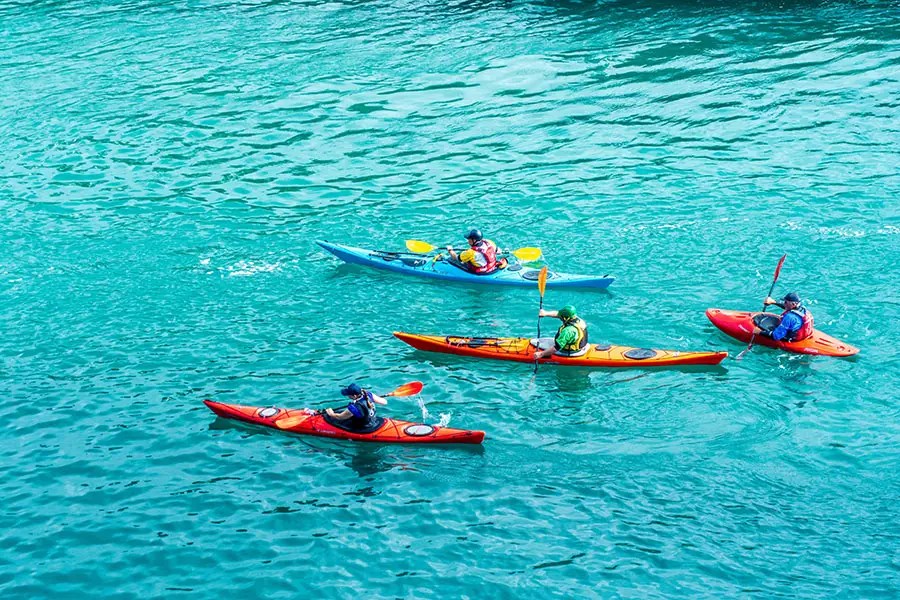How many calories do you burn kayaking? Gliding across the serene waters, the rhythmic dip of the paddle and the gentle lapping of waves create a captivating symphony that has enchanted outdoor enthusiasts for centuries. But beyond the tranquil charm of kayaking lies a hidden benefit – the potential to burn a significant number of calories and engage in a vigorous workout.
In this comprehensive guide, we’ll delve into the calorie-burning potential of kayaking, exploring the factors that influence energy expenditure, the comparative benefits of different kayaking techniques, and strategies to maximize the caloric burn during your paddling adventures. Whether you’re an avid kayaker seeking to optimize your fitness routine or a newcomer intrigued by the prospect of an engaging, low-impact workout, this article will provide you with the insights to harness the calorie-burning power of this beloved water-based activity.
Unlock the secret to burning calories on the water and let kayaking be the gateway to a healthier, more active lifestyle. Get ready to paddle your way to a fitter, more energized you.
Understanding the Calorie-Burning Mechanics of Kayaking
Kayaking is a unique form of exercise that engages a variety of muscle groups, making it an effective calorie-burning activity. To fully appreciate the energy expenditure associated with this water sport, it’s essential to understand the underlying physiological mechanisms at play.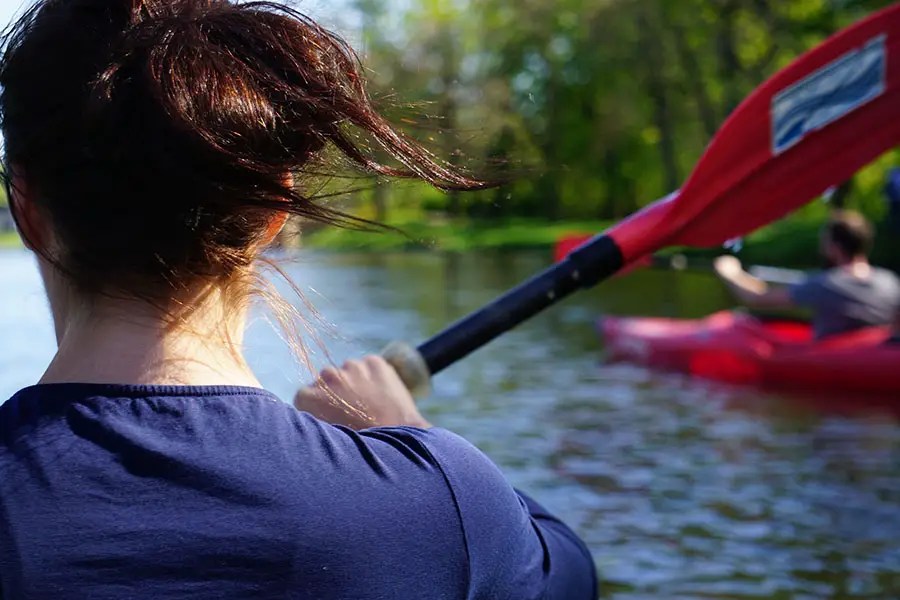
The Role of Muscle Engagement
The primary driver of calorie burn during kayaking is the activation and exertion of various muscle groups throughout the body.
Upper Body Muscle Involvement
Kayaking primarily engages the muscles of the upper body, including the shoulders, arms, and back, as they power the repetitive paddling motion.
Core Muscle Activation
The core muscles, including the abdominals and obliques, play a vital role in stabilizing the body and transferring power from the lower body to the upper body during the kayaking stroke.
Cardiovascular Intensity
In addition to the muscular engagement, the cardiovascular demands of kayaking also contribute significantly to the overall calorie-burning potential of the activity.
Elevated Heart Rate
Sustained paddling can elevate the heart rate, leading to an increase in oxygen consumption and the body’s energy expenditure.
Aerobic and Anaerobic Energy Systems
Depending on the intensity and duration of the kayaking session, both the aerobic and anaerobic energy systems can be engaged, further enhancing the calorie-burning response.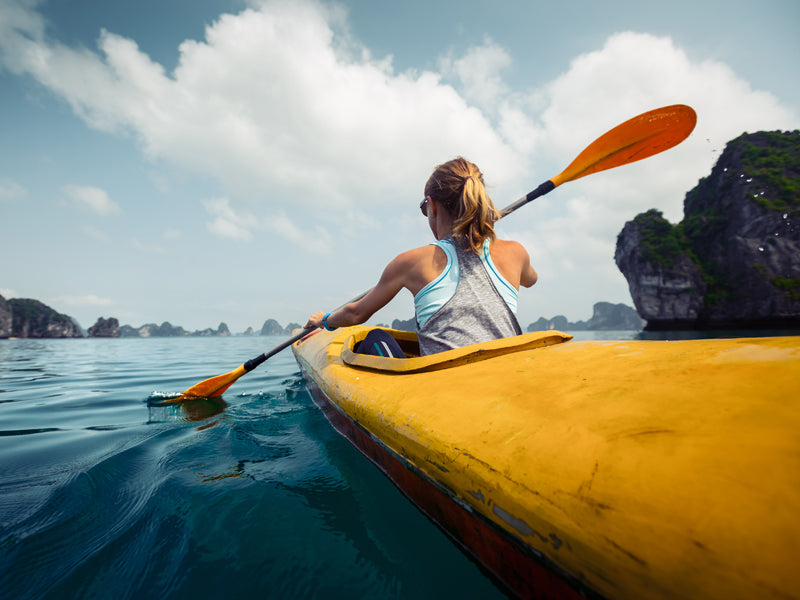
Environmental and Individual Factors
The calorie-burning equation is not a one-size-fits-all proposition, as various environmental and individual factors can influence the energy expenditure during kayaking.
Kayaking Terrain and Conditions
Factors such as water current, wind, and wave conditions can affect the level of effort required, leading to variations in calorie burn.
Individual Characteristics
An individual’s body weight, fitness level, and the specific technique and intensity of their paddling can all impact the number of calories they burn during a kayaking session.
Estimating Calorie Burn for Different Kayaking Experiences
Quantifying the calorie-burning potential of kayaking can be a valuable tool for kayakers looking to incorporate this activity into their fitness regimen. By understanding the typical energy expenditure associated with various kayaking scenarios, individuals can better plan and track their progress towards their health and wellness goals.
Recreational Kayaking
Leisurely paddling on calm waters, often referred to as “recreational kayaking,” represents the lower end of the calorie-burning spectrum.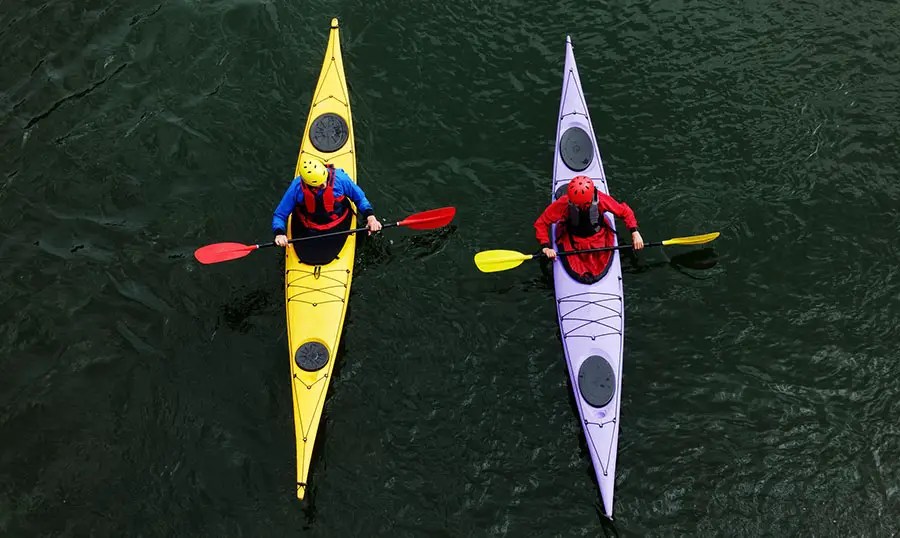
Estimated Calorie Burn for Recreational Kayaking
Depending on factors such as body weight and duration, recreational kayaking can typically burn between 200 to 400 calories per hour.
Factors Influencing Calorie Burn in Recreational Kayaking
The intensity of the paddling, the terrain, and the individual’s fitness level are the primary determinants of calorie expenditure in recreational kayaking.
Fitness-Focused Kayaking
For those seeking a more intense, calorie-burning workout, fitness-focused kayaking, which often involves higher-intensity paddling and increased resistance, can be a highly effective option.
Estimated Calorie Burn for Fitness-Focused Kayaking
Engaging in a more vigorous kayaking routine can result in calorie burns ranging from 400 to 700 calories per hour, depending on the individual’s characteristics and the specific workout.
Factors Influencing Calorie Burn in Fitness-Focused Kayaking
The intensity of the paddling, the inclusion of interval training or resistance exercises, and the overall duration of the workout can all contribute to the elevated calorie expenditure in fitness-focused kayaking.
Competitive or Expedition Kayaking
At the most intense end of the spectrum, competitive or expedition-style kayaking can provide a truly substantial calorie-burning experience.
Estimated Calorie Burn for Competitive or Expedition Kayaking
Highly skilled and experienced kayakers participating in competitive events or multi-day expeditions can burn upwards of 700 to 1,000 calories per hour, depending on the specific demands of the activity.
Factors Influencing Calorie Burn in Competitive or Expedition Kayaking
The sustained high-intensity paddling, the added resistance of turbulent waters or strong currents, and the extended duration of these activities contribute to the remarkable calorie-burning potential.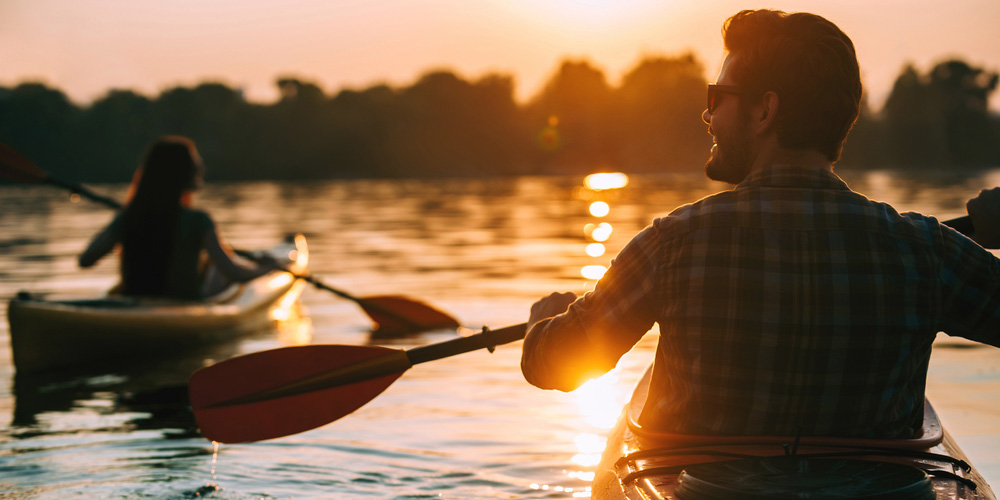
Maximizing Calorie Burn through Kayaking Technique and Training
While the inherent nature of kayaking provides a solid foundation for calorie expenditure, there are various techniques and training strategies that can be employed to further enhance the energy-burning potential of this water-based activity.
Efficient Paddling Mechanics
Mastering the proper paddling technique can help kayakers optimize their calorie burn by maximizing the power output and minimizing energy waste.
Proper Paddle Grip and Blade Angle
Maintaining the correct grip on the paddle and maintaining an optimal blade angle can improve efficiency and reduce the strain on the upper body muscles.
Engaging the Core and Lower Body
Incorporating core engagement and utilizing the strength of the lower body during the paddling motion can significantly enhance the calorie-burning benefits of kayaking.
High-Intensity Interval Training (HIIT)
Incorporating HIIT principles into your kayaking routine can elevate the intensity and maximize the calorie-burning potential of your workouts.
Alternating Periods of Intense Paddling
Interspersing short bursts of high-intensity paddling with periods of recovery can stimulate the body’s anaerobic energy systems, leading to a more substantial calorie burn.
Incorporating Resistance Training
Adding resistance exercises, such as weighted pulls or leg raises, during your kayaking sessions can further challenge the muscles and increase the overall energy expenditure.
Cross-Training and Complementary Activities
Combining kayaking with other forms of exercise can create a synergistic effect, amplifying the calorie-burning benefits and promoting overall fitness.
Integrating Strength Training
Engaging in regular strength training exercises can enhance the muscular endurance and power output required for more effective kayaking.
Incorporating Cardiovascular Activities
Complementing your kayaking routine with other aerobic exercises, such as running, cycling, or swimming, can further elevate the cardiovascular demands and calorie burn.
Tracking and Monitoring Calorie Burn during Kayaking
To truly harness the calorie-burning potential of kayaking, it’s essential to establish a system for tracking and monitoring your energy expenditure during your paddling adventures.
Utilizing Wearable Fitness Trackers
Investing in a reliable wearable fitness tracker can provide valuable insights into the number of calories burned during your kayaking sessions.
Tracking Heart Rate and Movement
Devices equipped with heart rate monitoring and movement sensors can effectively estimate the energy expenditure associated with your kayaking activities.
Integrating with Fitness Apps
Syncing your wearable fitness tracker with dedicated fitness apps can provide a comprehensive analysis of your kayaking workouts, including calorie burn, distance, and other performance metrics.
Setting Calorie-Burning Goals and Tracking Progress
Establishing clear calorie-burning goals and consistently monitoring your progress can help you stay motivated and make adjustments to your kayaking routine as needed.
Aligning Calorie Burn with Overall Fitness Objectives
Integrating your kayaking-related calorie burn into your broader fitness goals can provide a more comprehensive perspective on your overall health and wellness journey.
Celebrating Milestones and Adjusting Targets
Regularly celebrating your achievements and adjusting your calorie-burning targets as you progress can help maintain your enthusiasm and drive towards a fitter, healthier you.
Conclusion: Unlocking the Calorie-Burning Power of Kayaking
Kayaking, with its serene beauty and captivating rhythm, offers a hidden gem – the potential to burn a significant number of calories and engage in a truly rewarding, low-impact workout.
